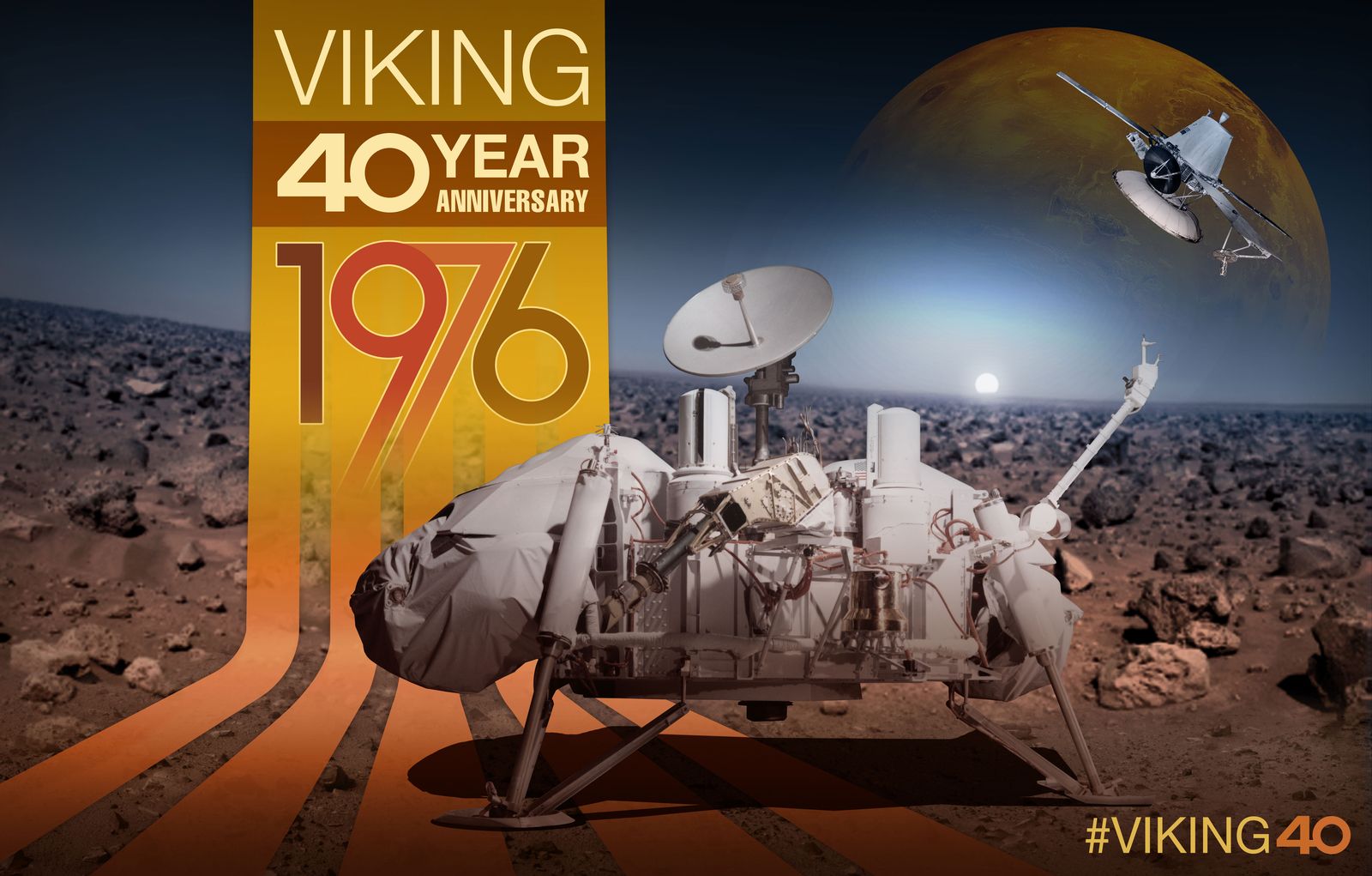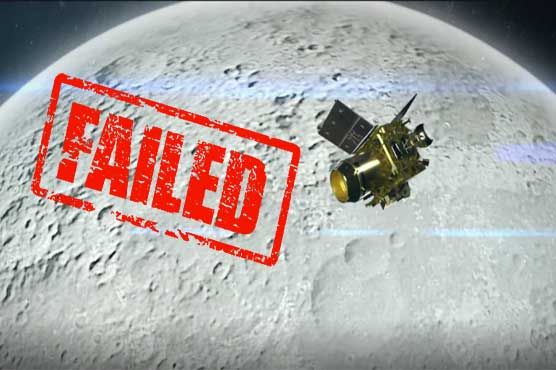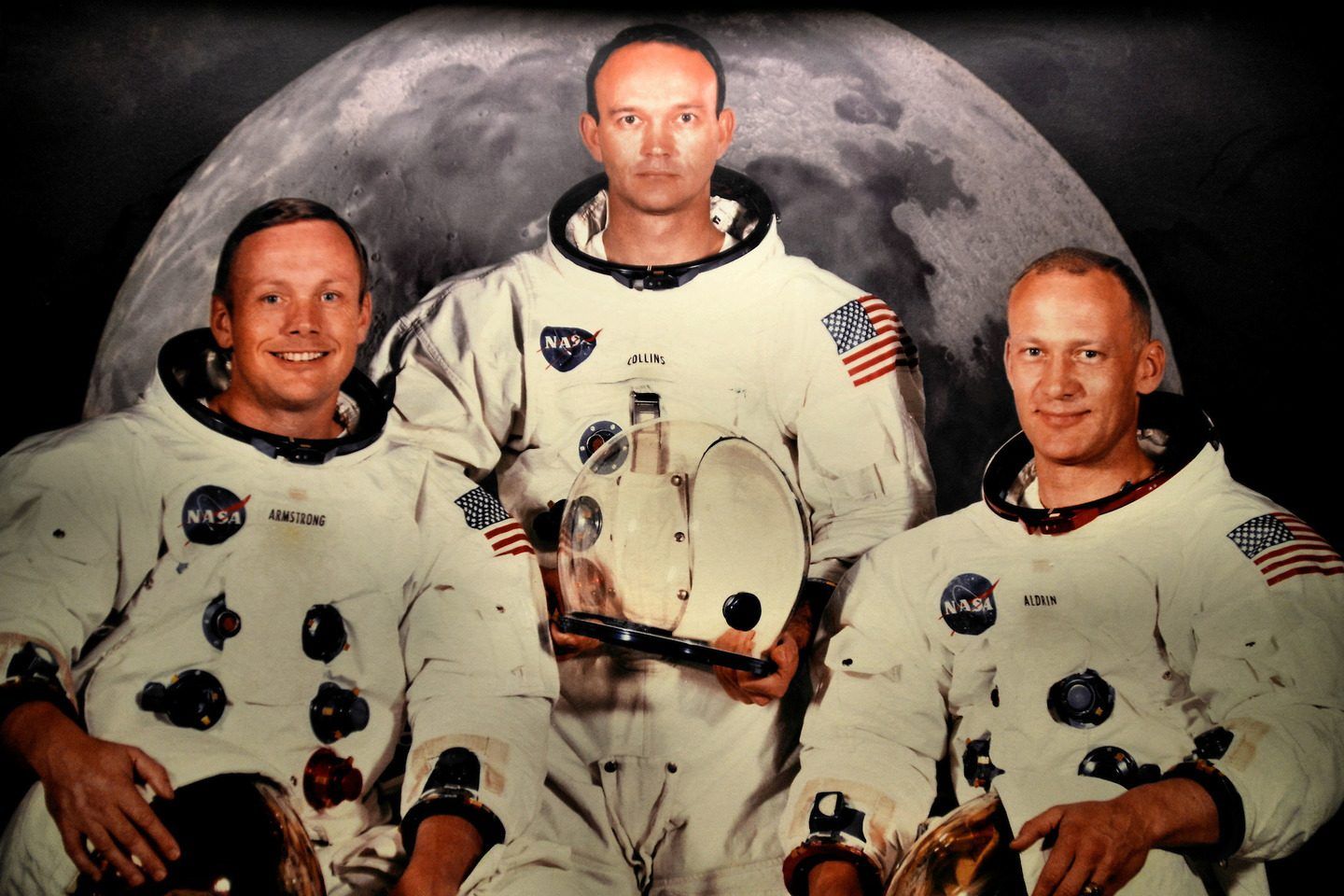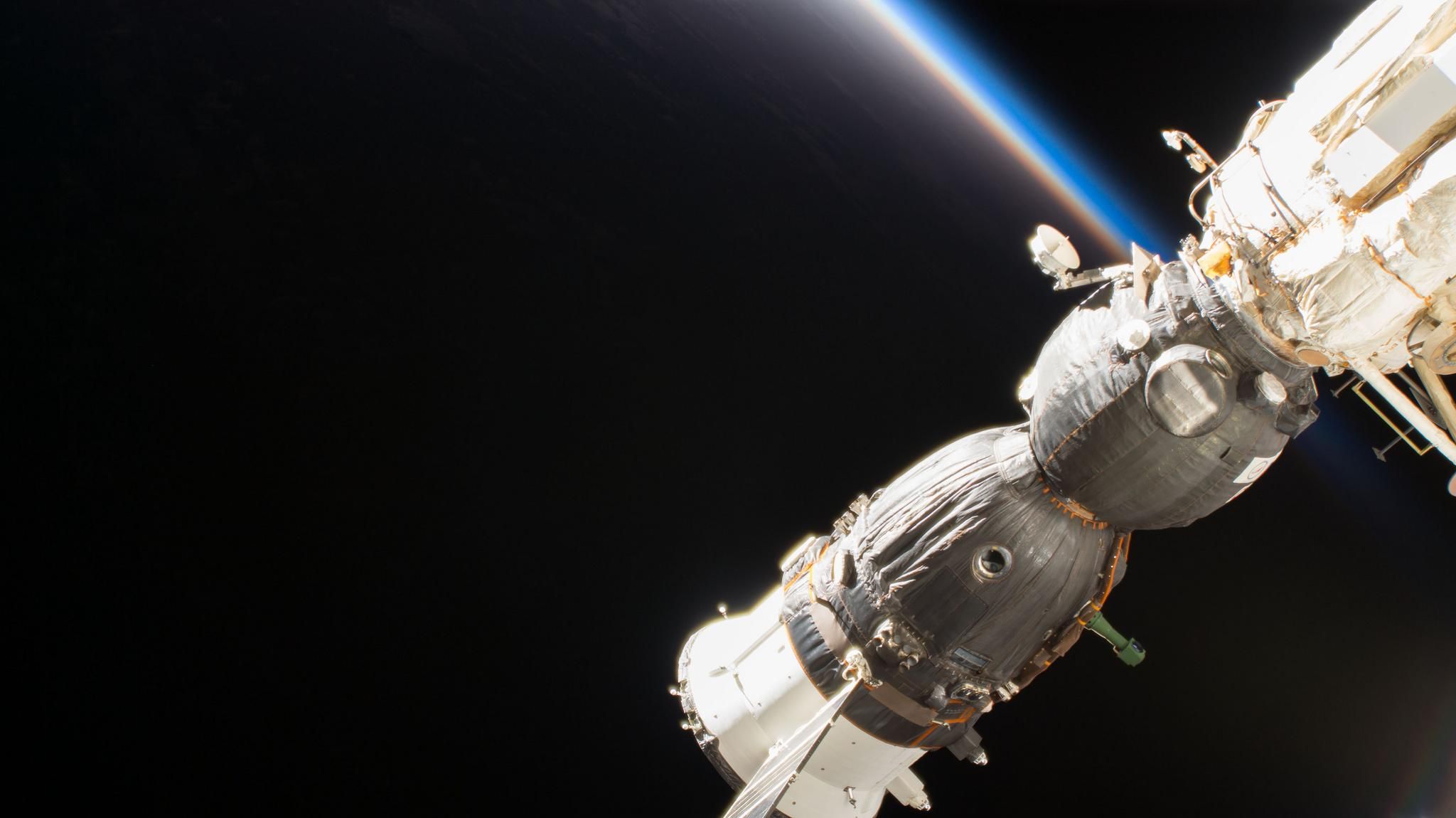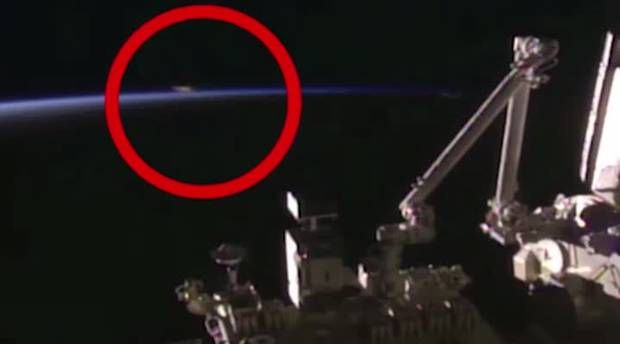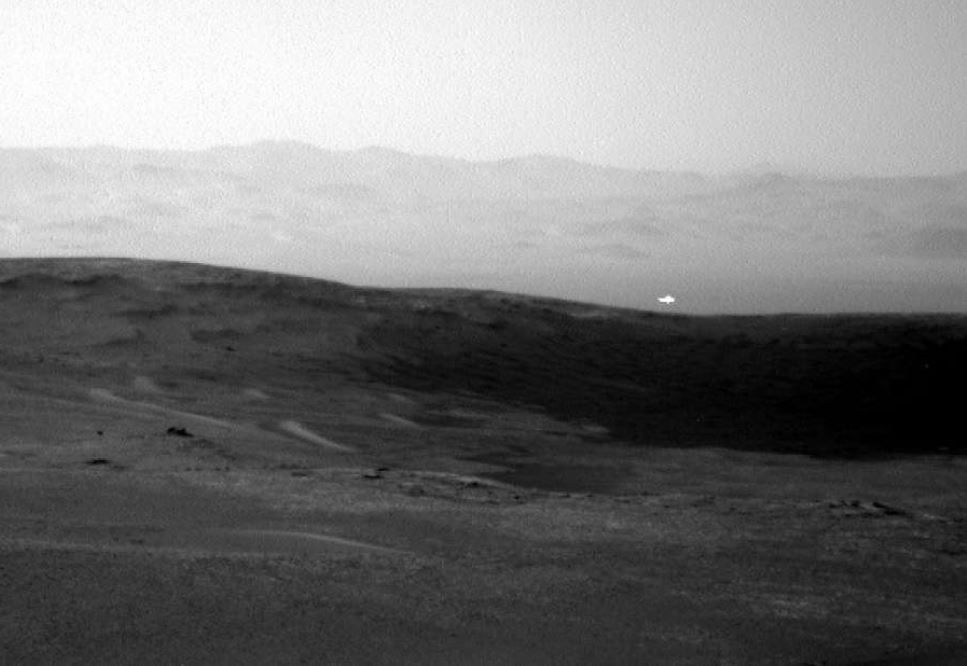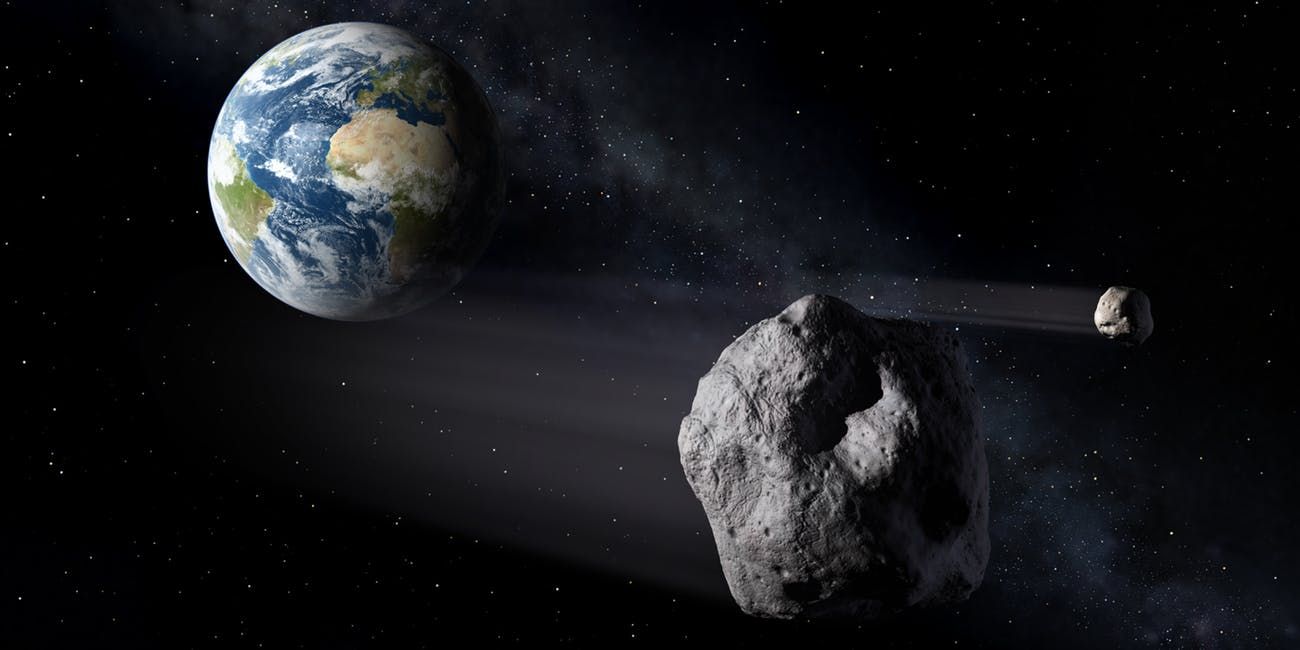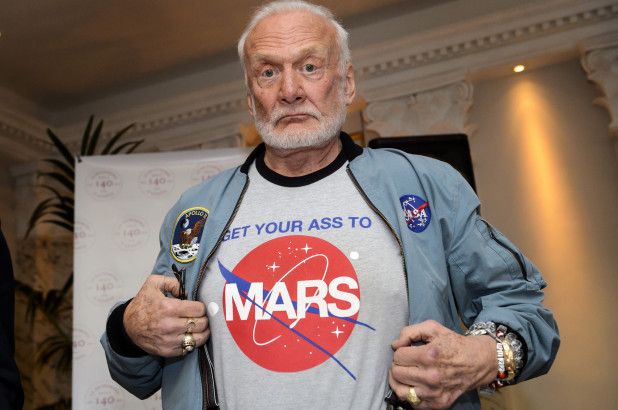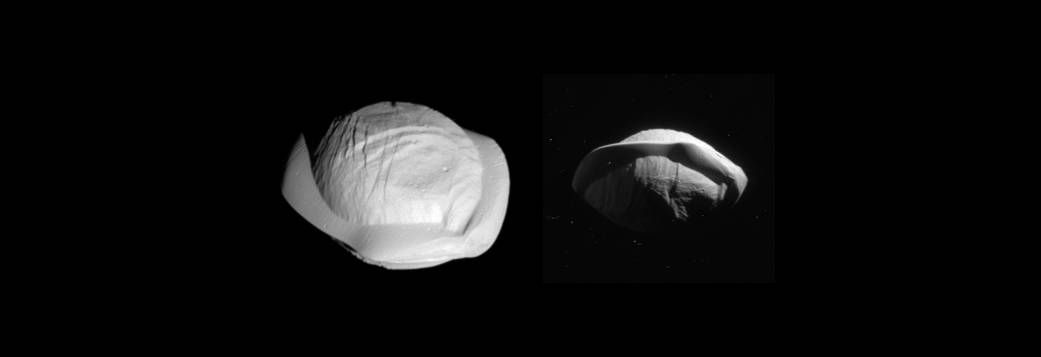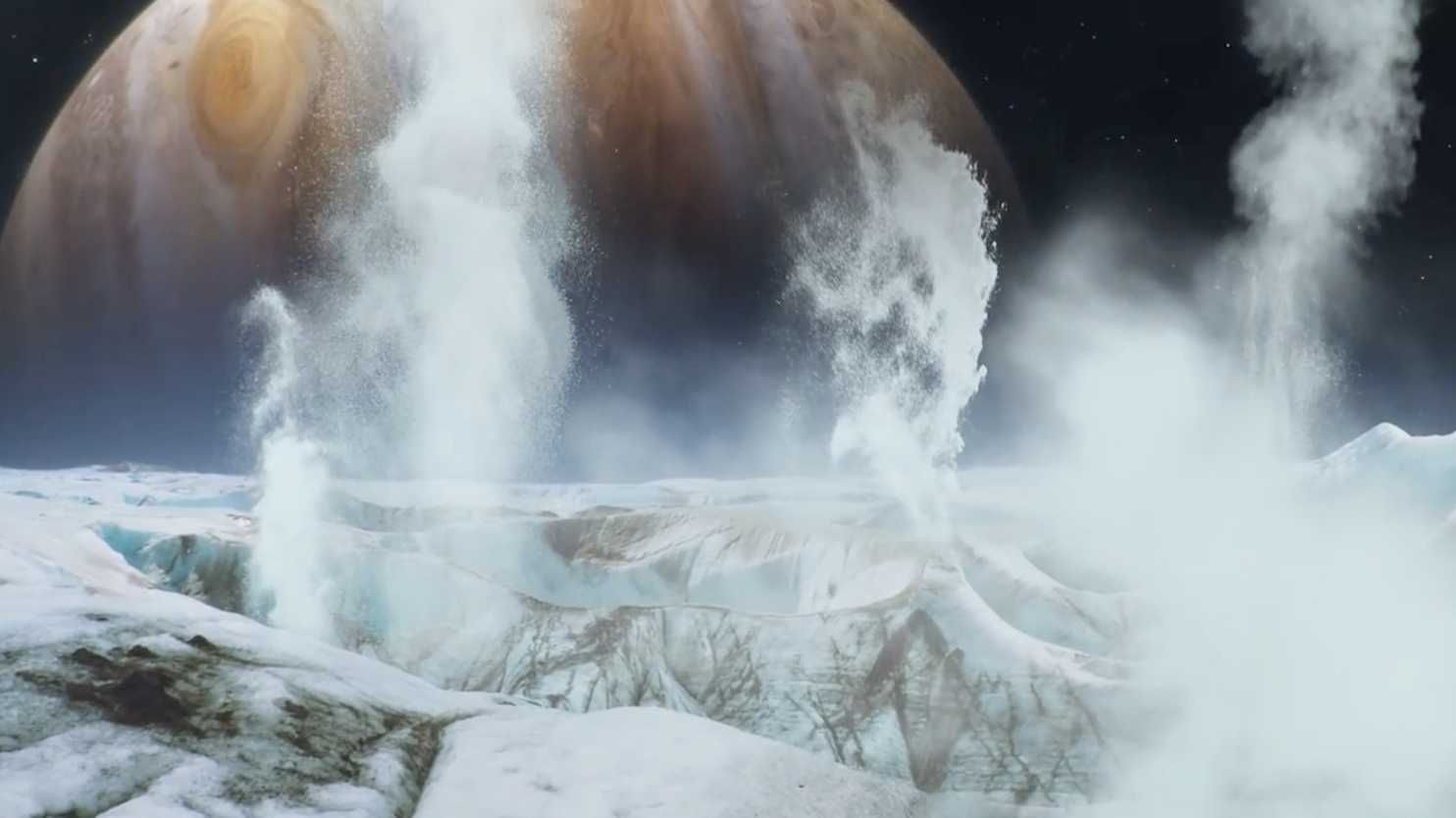Hello From Earth: Australia’s First Interstellar Message
Listen to “e172 Hello From Earth: Australia’s First Interstellar Message” on Spreaker.
Article by Wilson da Silva November 13, 2019 (abc.net.au)
• A decade ago, the organizers of Australia’s National Science Week wanted to promote its annual ten day event and they dreamed up the project called ‘Hello From Earth’. The project would be a “Twitter to the stars” where they would collect short personal messages from the public, package them into a single transmission, and send them to the nearest habitable planet beyond our solar system. Now, ten years since the NASA transmission of these goodwill messages, they have passed the halfway mark on their long journey through the cosmos.
• The ‘Hello From Earth’ organizers chose as its communication target a “super-Earth” orbiting the habitable zone of its parent star 20.4 light-years away known as Gliese 581d. The interstellar Tweet was scheduled for August 28, 2009, utilizing three facilities within NASA’s Deep Space Network that together represented the largest and most sensitive scientific telecommunications system in the world. They included a transmission facility near Madrid, Spain, another in Barstow, California, and the Canberra Deep Space Communication Complex in Australia. The transmission was repeated twice over two hours with a combined power of over 300 billion mobile phones at once.
• “[T]here’s no statute covering interstellar messages, and no-one has jurisdiction over transmissions,” said Paul Davies of Arizona State University who also chaired SETI’s Post-Detection Subcommittee. While there is no permission required to transmit an interstellar message, responding to an extraterrestrial signal requires the approval of the SETI Subcommittee. But even the transmission of signals into space will upset some people who consider it unwise and potentially catastrophic to invite an alien invasion. As humans have been inadvertently transmitting signals into space since the 1930s from television broadcasts to military radar, most scientists don’t object to interstellar texting. Technologically advanced extraterrestrials would already know we’re here.
• In 1974, the Arecibo Radio Telescope in Puerto Rico was the first to intentionally broadcast an interstellar message to a star 25,000 light years away. There have been 31 such messages sent out to the cosmos. One was sent in 2008 from the facility outside of Madrid to commemorate the 50th anniversary of NASA. It also happened to be the 40th anniversary of the recording of the Beatles song, “Across the Universe”. Hence it was selected for transmission — with approval from Paul McCartney, Yoko Ono, and Apple Records. The song was transmitted to Polaris, “the North Star” 431 light years away.
• NASA approved the ‘Hello from Earth’ proposal just eight days before the start of National Science Week. Organizers quickly built a website and invited people to offer messages for transmission. Australia’s science minister, Kim Carr, submitted the first message: “Hello from Australia on the planet we call Earth. These messages express our people’s dreams for the future. We want to share those dreams with you.” The website was bombarded with visitors from all over the world. In all, 25,880 messages were encoded into a binary signal at NASA’s Jet Propulsion Laboratory in California and sent into space. (See a sampling of the messages below)
• NASA insisted on a very high level of decorum in the cosmic messages: nothing remotely suggestive, no risque humor or anything aggressive. When, in 1973, NASA sent a plaque with the Pioneer 10 and Pioneer 11 space probes, it included an illustration of a naked man and woman. NASA received complaints from members of US Congress, and newspapers ran letters objecting to NASA “exporting pornography to the stars”.
• It’s mind-boggling that we sent goodwill messages from a random selection of humans to a potentially habitable planet that might have a technical civilization. The chance that the messages reach an intelligent civilization on the distant exoplanet is highly unlikely, but it’s not zero. If a reply does come, it will arrive decades from now.
• What would you say to an alien civilization on an Earth-like planet far, far away? Here are some of the messages that were sent in August of 2009:
– “Greetings from a girl on Earth who, every so often, looks up at the night sky and waves hello in the hope that someone on another planet is doing the same.” – Sophie of Longmont, Colorado
– “If you come to Earth, look into: music, the beach, ice cream, hugs, family, love, dancing, cheese, trampolines, friendship, books and dreams. Just for a start.” – Tamasin, Richmond, Australia
– “If someone is reading this, I hope that our children will someday have the privilege of meeting one another.” — Tegan Larsen, San Antonio, United States
– “What do you see when you look up into the sky? Do you feel small and lonely, just like us? From now on, I can assure you one thing: you are not alone. Be happy.” – Sergio Camalich, Hermosillo, Mexico
– “Hello Baba, if you are out there I love you and hope you are watching me. I wonder if when you died you went to this planet.” — Liam Oliver, Coogee, Australia
– “All our petty disputes, disagreements and wars fade into insignificance when we consider our tiny world’s place in the cosmos.” — Silvio Zarb, Melbourne, Australia
– “There is only one thing bigger than this vast universe, the desire to discover. I hope I discovered you.” — T.S.M., Skopje, Macedonia
– “My aim of contacting you is to seek your assistance in transferring the sum of thirty-five million US dollars out of Nigeria and into your trusted bank account abroad.” – Hapatikiatwengo, Australia
– “Hi there. Sorry about the Outer Limits; hope you enjoyed I Love Lucy. Have you got all our missing socks? Love, Earth.” — Fred Mason, Roberts Creek, Australia
What would you say to an alien civilisation on an Earth-like planet far, far away?
“Greetings from a girl on Earth who, every so often, looks up at the night sky and waves hello in the hope that someone on another planet is doing the same.”
This message from Sophie of Longmont, Colorado, in the United States, is just one of almost 26,000 sent from Australia to an Earth-like planet 20 light-years away.
It’s been a decade since NASA transmitted these goodwill messages, and this week the transmission passed the halfway mark on its long, lonely journey through the silent cosmos.
The project, called Hello from Earth, began as a science communication campaign to get people excited about Australia’s National Science Week.
Those of us running the annual 10-day event were looking for an idea that would create a buzz on social media.
We decided on a kind of “Twitter to the stars”. We would collect short messages from the public and transmit them to the nearest habitable planet beyond our solar system.
Each message would be short, later packaged into a single transmission and sent using one of NASA’s facilities.
Our target was Gliese 581d, a “super-Earth” orbiting the habitable zone of its parent star.
First detected in 2007, studies in 2009 suggested it could have large oceans.
And since it was 20.4 light-years away, it would help give people a real appreciation of just how big the universe is.
“If you come to Earth, look into: music, the beach, ice cream, hugs, family, love, dancing, cheese, trampolines, friendship, books and dreams. Just for a start.” — Tamasin, Richmond, Australia
‘It might trigger an invasion’
When I suggested the idea, the bureaucrats involved with National Science Week were intrigued, if a little sceptical, but asked me to explore it.

In the months that followed, I had conversations with sometimes quizzical senior CSIRO staff, leading astronomers and US government officials, negotiating terms and agreeing to specifications.
Surprisingly, we didn’t need approval to transmit an interstellar message — but we would have if we wanted to respond to an extraterrestrial signal.
You can understand why: if an extraterrestrial signal is received, you can’t have everyone with a high-gain antenna answering back.
So who speaks for Earth? That turned out to be the SETI Post-Detection Subcommittee, which at the time was chaired by astronomer Paul Davies of Arizona State University, an old friend and former colleague.
“What do you think?” I asked in an overnight phone call after explaining Hello from Earth.
“Will we breach any unwritten rules in the scientific community?”
“Well, there’s no statute covering interstellar messages, and no-one has jurisdiction over transmissions,” Davies said from his home in Tempe, Arizona.
“But it will upset some people.”
FAIR USE NOTICE: This page contains copyrighted material the use of which has not been specifically authorized by the copyright owner. ExoNews.org distributes this material for the purpose of news reporting, educational research, comment and criticism, constituting Fair Use under 17 U.S.C § 107. Please contact the Editor at ExoNews with any copyright issue.



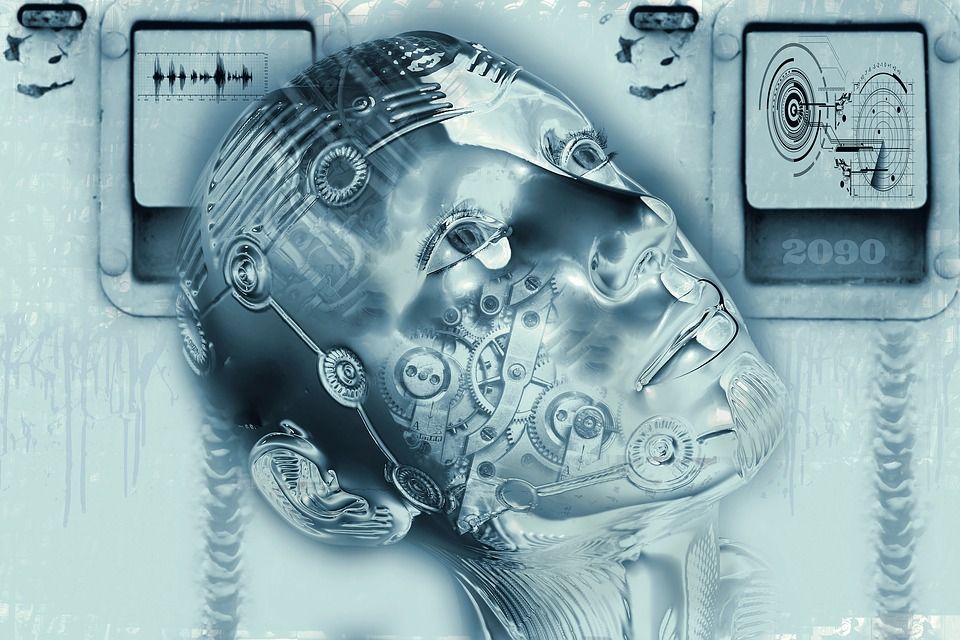
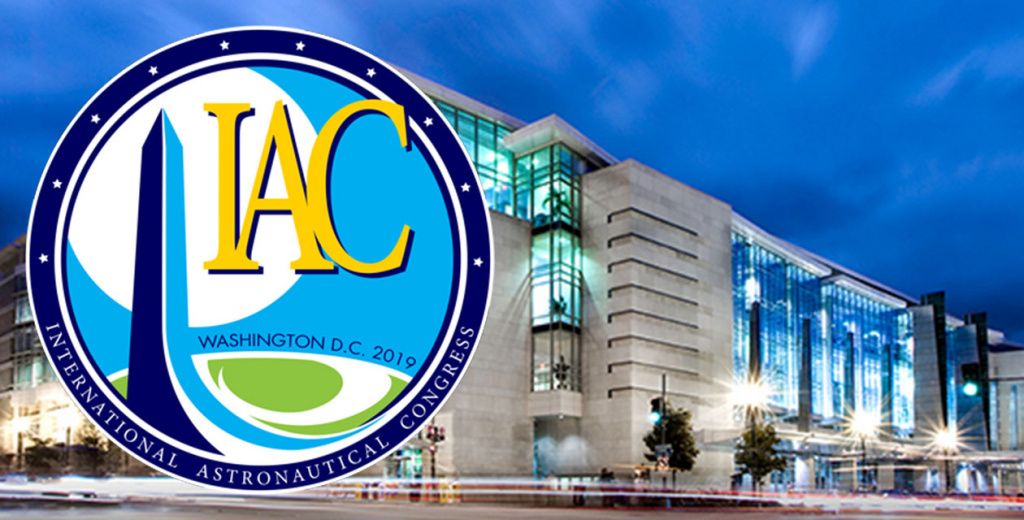



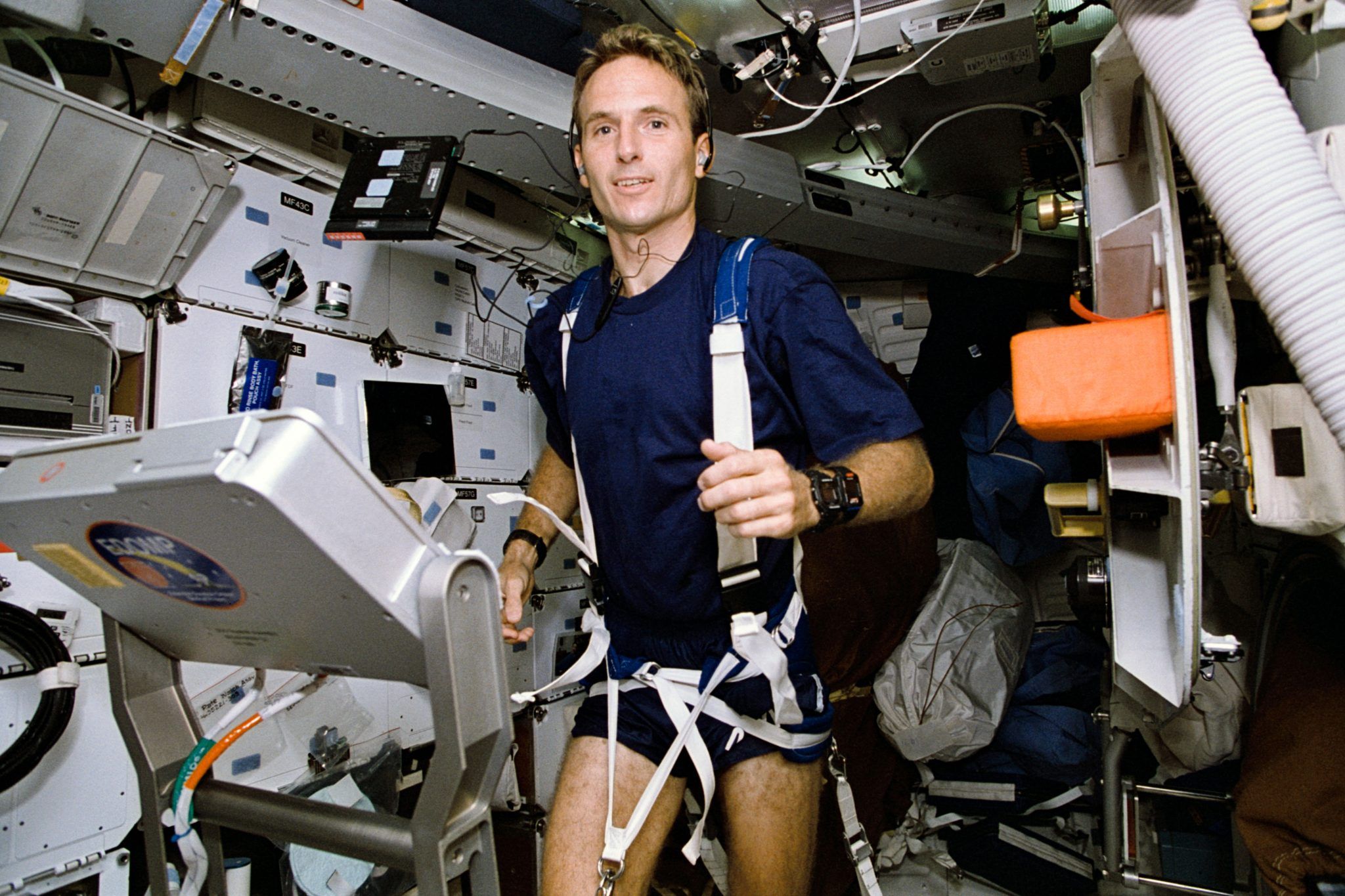

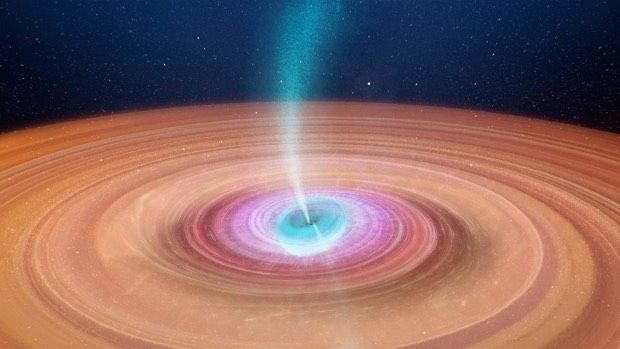

 The friction generated by these discs as they are pushed and shoved by the extreme gravitational force is so large that it can produce a tremendous amount of energy, depending on the size of the black hole.
The friction generated by these discs as they are pushed and shoved by the extreme gravitational force is so large that it can produce a tremendous amount of energy, depending on the size of the black hole.


